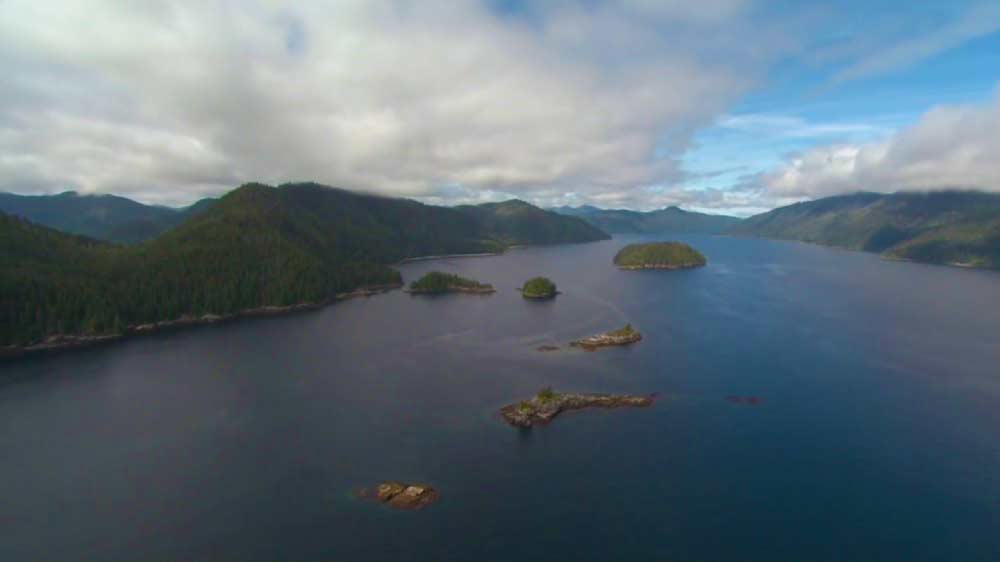A Park for All Seasons from Above episode 1 : Get a bird’s-eye view of the world’s most stunning National and Provincial Parks of Canada by soaring high above arctic tundra, through towering mountain ranges, and pristine forests. From up in the air see nature’s beauty from a whole new perspective.
Gwaii Haanas National Park Reserve, National Marine Conservation Area, and Haida Heritage Site, usually referred to simply as Gwaii Haanas, is located in southernmost Haida Gwaii (formerly known as Queen Charlotte Islands), 130 kilometres (81 miles) off the mainland of British Columbia, Canada. “Gwaii Haanas” means “Islands of Beauty” in X̱aayda kíl, the language of the Haida people.
Park for All Seasons from Above episode 1 – Gwaii Haanas National Park Reserve
The Haida Heritage Site is within the territory of the Haida people, who have lived in Haida Gwaii for at least 14,000 years. Ḵ’aygang.nga (the Haida canon of oral histories) show Haida lived in Gwaii Haanas when the first trees arrived at Xaagyah Gwaay.yaay (Bolkus Islands) as glaciers retreated. Pollen samples indicate trees first arrived 14,500 years ago.
For the Haida, the marine and terrestrial environments are inseparable. The boundary between earth and ocean exists only on a map. Such is not the case with the park reserve. While the heritage site includes both land and sea, the national park reserve overlaps with only the terrestrial portion of the site. The Gwaii Haanas Agreement provided for native–federal negotiations on managing the marine portion of the site, which eventually bore fruit in 2010 when an enveloping protected area was created. Like the national park reserve it surrounds, the marine reserve is reserved for future designation to full park system status, pending sea claim settlements.
The appearance of “Haida Heritage Site” in both the names of the national park reserve and the marine reserve is a duplication of name, but not of reference. As part of the national park reserve name, it refers to the terrestrial portion of the site. As part of the marine reserve name, it refers to the marine portion of the site. Still, there are areas of the heritage site—both land and sea—which are outside both federal reserves. These are all in the northernmost parts of the site.




